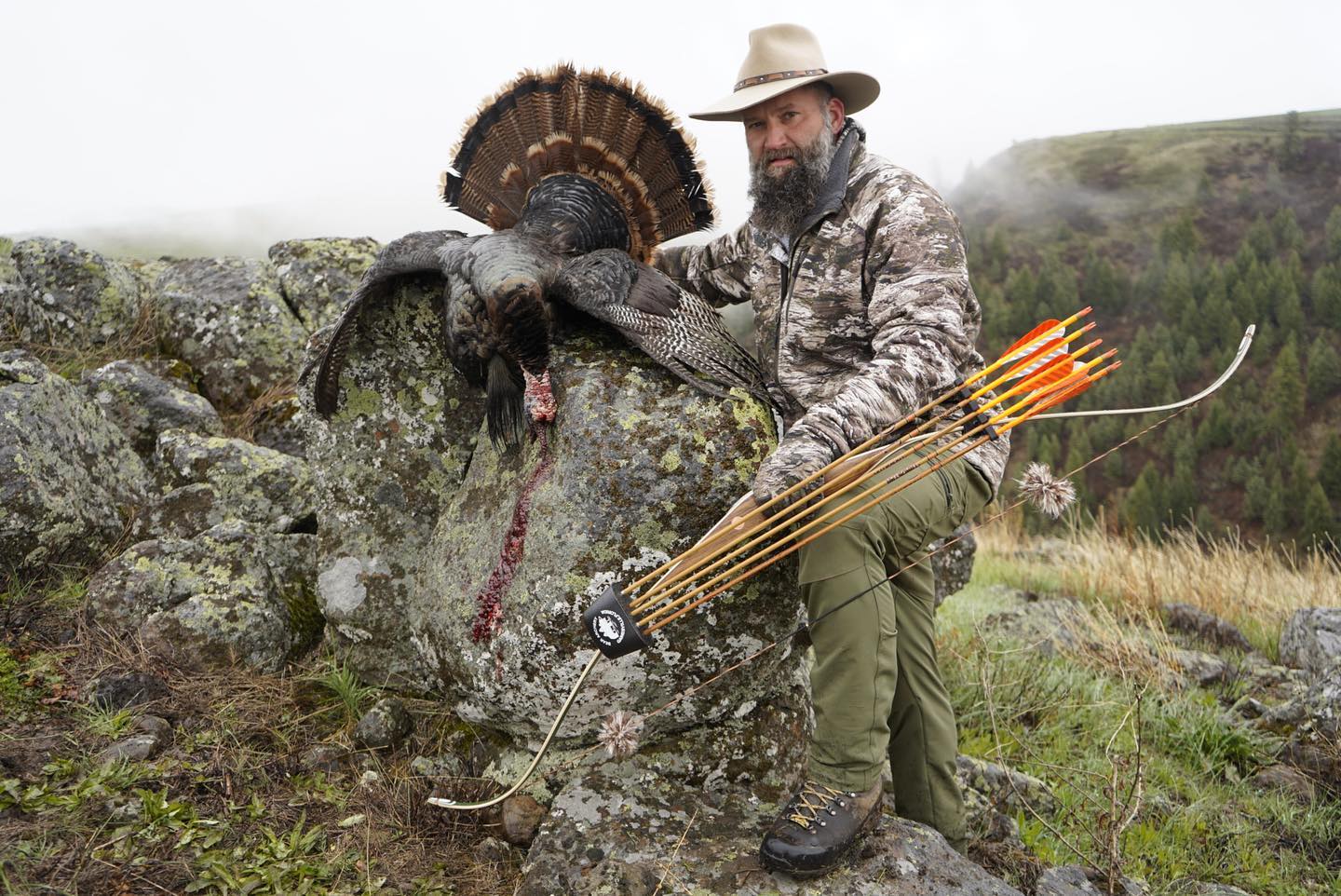Spring brings life back to the wilderness. As temperatures rise and the landscape awakens from winter dormancy, hunters find new opportunities—but also new challenges. One of the most overlooked factors influencing animal behavior in early spring is rainfall. Understanding how spring rain patterns affect animal movement can give hunters a significant edge, improving the chances of a successful hunt. From adjusting hunting locations based on rain-soaked terrain to predicting how game animals react to changing weather conditions, mastering the connection between rain and animal movement is key to becoming a more effective hunter.
Why Rain Matters in Spring Hunting
Rainfall does more than just soften the ground—it changes the entire dynamic of the ecosystem. Spring rain affects food availability, cover, scent dispersion, and even the timing of breeding seasons for many game species. For hunters, this means that recognizing how rain alters animal habits and movement patterns can help you stay one step ahead of your quarry.
1. Food and Water Availability
Spring rain encourages the rapid growth of grasses, shoots, and other forage, which attracts herbivores like deer, elk, and wild turkeys. In wetter areas, fresh green shoots will draw animals out of their winter cover into open fields and meadows. Meanwhile, areas with poor drainage or excessive rainfall may force animals to seek higher, drier ground to avoid waterlogged soil.
- Deer and elk are especially sensitive to fresh vegetation in early spring. After a lean winter, they rely on nutrient-rich spring growth to rebuild strength and energy reserves.
- Turkeys and other ground-feeding birds will gravitate toward freshly rained-on fields where worms and insects rise to the surface.
👉 Tip: After a spring rain, check fields, forest edges, and low-lying meadows where fresh growth is likely to appear.
2. Shelter and Cover
Heavy rainfall can drive animals to seek shelter in dense forests or underbrush. When the rain subsides, animals will often emerge to feed and move through open areas, especially along tree lines or in protected valleys where they feel secure.
- Deer are likely to bed down during prolonged rain but will move to feed as soon as the rain eases up.
- Small game like rabbits and squirrels will stay close to ground cover during rain but may become more active along hedge lines and brush piles when the weather clears.
- Turkeys prefer to roost in trees during heavy rain, but once the rain stops, they’ll descend to fields and openings to feed on worms and insects brought to the surface.
👉 Tip: Focus on transition areas (edges of fields, forest openings) immediately after rainfall. Animals will use these spots to feed and dry off.
3. Scent and Noise Disruption
Rain significantly affects how scent travels and how sound carries in the woods—both of which are critical to hunting success.
- Scent suppression: A light rain helps mask human scent by washing it from the air and ground. This allows hunters to approach more closely without alarming game animals.
- Sound dampening: Rain on leaves and underbrush muffles the sound of footsteps, making it easier to stalk prey undetected.
- Scent enhancement after rain: Once the rain stops and humidity rises, scent from fresh vegetation and disturbed soil becomes stronger, helping predators (and hunters) locate game.
👉 Tip: Hunt during or right after a light rain when scent suppression and noise reduction are at their peak. For predators like coyotes, post-rain periods may increase hunting activity as they rely heavily on scent.
4. Breeding and Mating Behavior
Spring rain coincides with the breeding season for many species, which can influence movement patterns and animal activity levels.
- Turkeys are highly responsive to changes in weather. Rain can delay or disrupt gobbling activity, but once the rain clears, toms often become more vocal and active as they search for hens.
- Deer and other large game may alter their movement patterns to find dry ground and better feeding areas, which can expose them to hunting pressure.
- Ducks and geese respond directly to changing water levels caused by spring rains, relocating to flooded fields and marshes where fresh vegetation and insects become abundant.
👉 Tip: Scout out flooded fields and newly formed ponds after heavy rain—these areas become prime feeding spots for waterfowl.
How to Adjust Your Hunting Strategy Based on Rain Patterns
To maximize your chances of success, you need to adapt your hunting strategy based on the type and timing of rainfall.
🌧️ Light Rain or Drizzle
- Best for stalk hunting – Noise and scent are reduced, allowing you to move more quietly.
- Focus on food sources and transition zones—deer and turkeys are more likely to feed during light rain.
- Use rain to mask your approach when positioning near bedding areas or along travel corridors.
🌦️ Heavy Rain
- Expect most game to bed down and wait out the storm in sheltered areas.
- Focus on dense cover like thickets, forest edges, and creek bottoms.
- If you’re targeting waterfowl, heavy rain can increase activity in flooded fields and wetlands.
🌤️ After the Rain Stops
- This is often the most productive time for hunting.
- Animals will emerge to feed and dry off in open areas.
- Turkeys will increase gobbling activity as they search for mates.
- Focus on new growth and areas where standing water has drawn insects and small prey.
Best Game to Hunt After Spring Rain
Certain species are more predictable in their response to spring rain, making them prime targets for post-rain hunting.
🦃 Wild Turkey
- Highly active after rainfall when worms and insects surface.
- Gobblers will often increase vocalization and strutting behavior after the rain stops.
🦌 Whitetail Deer
- Prefer to feed on fresh green shoots that emerge after rainfall.
- Bucks may change their bedding areas to avoid standing water, making them easier to pattern.
🦆 Ducks and Geese
- Often relocate to flooded fields and ponds created by spring rains.
- Mallards and pintails are especially responsive to fresh water sources.
🦊 Coyotes and Foxes
- Post-rain scent and sound conditions make it easier for them to track small prey.
- Active along field edges and near water sources.
Key Takeaways
✅ Spring rain influences animal movement by affecting food sources, cover availability, and scent conditions.
✅ Light rain is ideal for stalking; heavy rain pushes game into sheltered areas.
✅ After the rain stops, animals become more active, making this a prime hunting window.
✅ Focus on transition zones, food-rich areas, and newly formed water sources after rainfall.
Conclusion
Understanding how spring rain patterns influence animal movement gives hunters a significant tactical advantage. By adapting to changing weather conditions and anticipating where game will feed, bed, and travel after a rain, you can position yourself for greater success. Spring rains are inevitable—but for skilled hunters, they represent an opportunity, not a challenge. So next time the skies open up, grab your gear and get ready—because the best hunting often begins when the rain ends.


